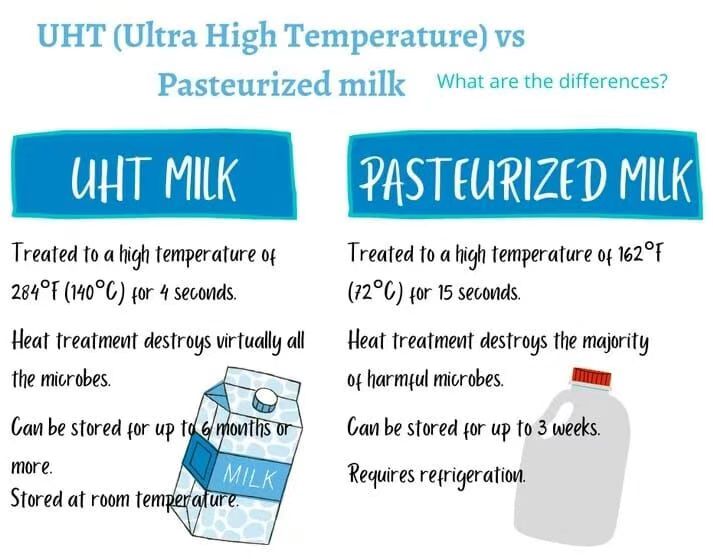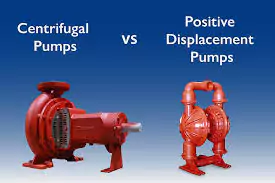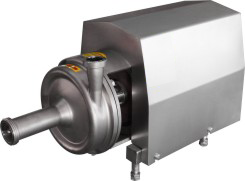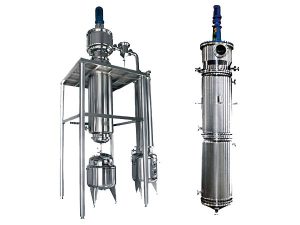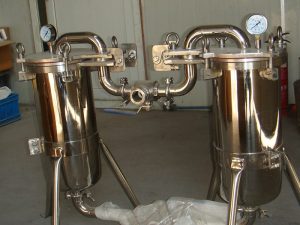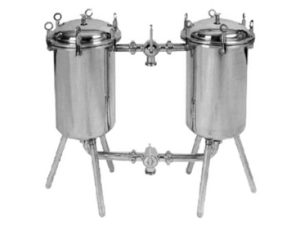For specialized industries such as Traditional Chinese Medicine (TCM), natural food and beverage, and fine chemical processing, the choice of extraction equipment is not merely a purchase—it is a critical investment that defines operational efficiency, product quality, and long-term profitability. At the core of this decision lies the contrast between the standard Traditional Extraction Tank (TET) and the modern, versatile Multifunctional Extraction Tank (MET).
While the TET typically relies on basic methods like decoction or simple maceration, the MET, often featuring specialized designs like the advanced Percolation Tank system, offers vastly superior control and flexibility. This guide, tailored for purchasing managers and process engineers, details the seven key distinctions to help your Business make an informed, value-driven procurement decision aimed at high yield and low operating costs.
The Multifunctional Extraction Tank is engineered to address the limitations inherent in older, conventional equipment, providing a significant competitive advantage, especially in industries focused on high-value compounds.
Table of Contents
ToggleVersatility of Extraction Methodologies
-
Multifunctional Tank (MET): The primary advantage is the integration of multiple methods within a single unit. These tanks often support percolation operation (as highlighted by our advanced design), decoction, heat reflux, counter-current extraction, and cold immersion. This versatility allows manufacturers to switch production seamlessly, for example, from TCM extraction using percolation to food-grade solvent extraction.
-
Traditional Tank (TET): Typically limited to a single or a few basic methods, primarily high-temperature decoction or simple maceration, making them unsuitable for sensitive or varied product lines.
-
Business Impact: Reduces the need for multiple specialized machines, saving capital expenditure and floor space.
Efficiency and Mass Transfer Mechanism
-
Multifunctional Tank (MET – Percolation Focus): The MET excels in efficiency, particularly when configured for percolation. As detailed in the product principle, percolation allows the extractant to continuously penetrate the crude drug powder. This creates a strong concentration gradient as the dense extract flows down and is replaced by fresh, less concentrated solvent from above. This natural diffusion and continuous exchange lead to a better extraction effect and significantly higher active ingredient extraction yield compared to simple static soaking.
-
Traditional Tank (TET): Relies mostly on simple diffusion or stirring (maceration/decoction). The concentration gradient quickly decreases, leading to lower mass transfer rates and often requiring repeated, time-consuming cycles.
-
Business Impact: Higher throughput per batch, maximized yield from costly raw materials, and faster production cycles.
Suitability for Diverse Raw Materials
-
Multifunctional Tank (MET – Percolation Focus): Highly adaptable. It is suitable for most plant, animal, food, and chemical materials. Crucially, it manages materials with high solubility effectively. However, the MET design also allows a process engineer to switch methods when facing challenging materials. For example, while pure percolation is not suitable for non-organic herbs like frankincense or rosin (due to clumping and pore blockage), the MET can switch to an optimized reflux or stirring decoction protocol for these exceptions, maintaining equipment suitability.
-
Traditional Tank (TET): The static nature makes it prone to stratification or clumping with fine powders, leading to uneven extraction.
-
Business Impact: Increases the range of products your facility can process without changing the core equipment.
Control and Automation Features
-
Multifunctional Tank (MET): Features advanced Process Logic Controllers (PLC) for precise control over critical variables: flow rate (essential for percolation), temperature profile, pressure, and solvent addition. This level of automation ensures consistency, traceability, and adherence to GMP standards.
-
Traditional Tank (TET): Typically relies on manual controls for heating and simple timers, leading to significant batch-to-batch variation and higher labor costs.
-
Business Impact: Improved product quality consistency, reduced operator error, and easier regulatory validation.
Solvent Consumption and Environmental Safety
-
Multifunctional Tank (MET – Percolation Focus): While percolation is a continuous flow process, the optimized gradient and effective mass transfer mean less solvent is required per unit of extracted product to achieve the desired concentration. Furthermore, the MET design facilitates efficient solvent recovery systems directly integrated into the unit, offering a safer to use system with lower emissions.
-
Traditional Tank (TET): High solvent consumption is often required to achieve an acceptable yield through repeated soaking cycles, increasing operational costs and environmental burden.
-
Business Impact: Lower extraction cost per batch, reduced environmental footprint, and enhanced workplace safety.
Energy Consumption and Heat Efficiency
-
Multifunctional Tank (MET): Modern METs are often designed with optimized jacket heating or internal coil systems that minimize heat loss. When performing low-temperature or cold percolation, the energy demand is significantly lower than that of high-temperature decoction required by many TETs.
-
Traditional Tank (TET): Older designs are less insulated, requiring prolonged high-temperature operation to drive extraction, resulting in higher energy bills.
-
Business Impact: Direct reduction in utility costs, contributing to overall extraction equipment ROI.
Safety, Discharge, and Maintenance
-
Multifunctional Tank (MET): Features simplified and safer residue discharge mechanisms (e.g., pneumatic or hydraulic bottom opening). The design is often vertically integrated, reducing external piping and minimizing leakage risks, making the overall operation safer to use.
-
Traditional Tank (TET): Residue discharge is often manual, messy, and hazardous, especially after high-temperature operations, increasing labor risk and cleaning time.
-
Business Impact: Faster turnaround between batches, better adherence to occupational safety standards, and reduced maintenance downtime.
Conclusion
The decision to choose a Multifunctional Extraction Tank over a Traditional Extraction Tank boils down to a clear value proposition: investing in flexibility, efficiency, and future-proofing your production line.
While the initial extraction equipment price for a high-specification MET might be higher than a TET, the long-term extraction cost per batch is drastically lowered through superior active ingredient extraction yield, reduced solvent usage, and higher extraction efficiency. For businesses aiming for regulatory compliance (like GMP), expanding their product portfolio, and achieving a robust extraction equipment ROI, the MET’s integrated capabilities, especially its advanced percolation operation mode, make it the strategically sound choice.
Ready to discuss how our advanced Percolation Tank system can optimize your high-yield extraction process and improve your bottom line? Contact our process engineering team today for a detailed consultation and equipment suitability analysis.

